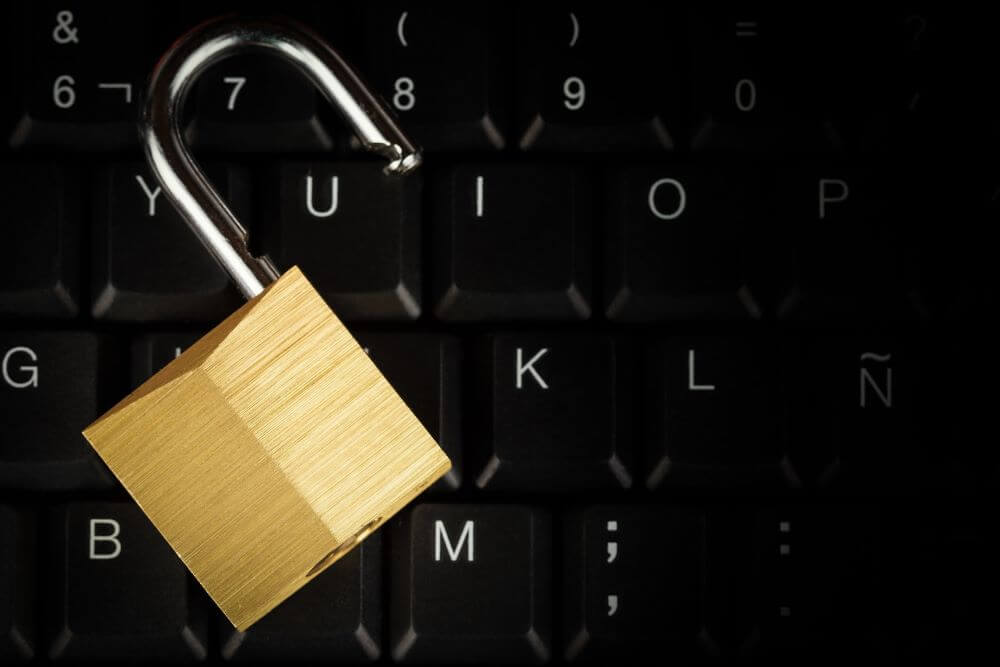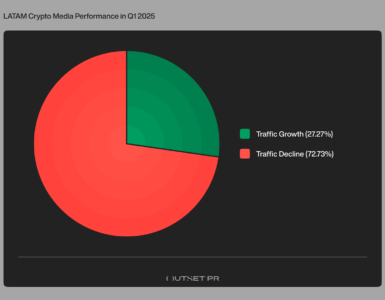Cryptojacking has emerged as a significant cybersecurity threat, targeting both individuals and organizations. This article explores the concept of cryptojacking, its risks and impact, methods of detection, prevention strategies, and how to respond to incidents. By understanding and taking proactive measures against cryptojacking, individuals and organizations can safeguard their computing resources and protect against unauthorized mining.
Understanding Cryptojacking
Definition and explanation of cryptojacking
Cryptojacking refers to the unauthorized use of someone’s computing resources to mine cryptocurrencies. It involves the installation of malicious scripts or software on computers or mobile devices without the user’s consent or knowledge.
How cryptojacking works
Cryptojacking typically utilizes two methods: browser-based and software-based. In browser-based cryptojacking, attackers exploit vulnerabilities in websites or inject malicious scripts into web pages, using visitors’ computing power to mine cryptocurrencies. Software-based cryptojacking involves the installation of malware or legitimate software infected with mining components on victims’ devices.
Risks and Impact of Cryptojacking

Financial implications
Cryptojacking can result in increased electricity bills, reduced device lifespan due to excessive resource usage, and potential financial losses for organizations hosting affected systems. It diverts computing power and electricity to mining activities, often at the expense of legitimate operations.
Performance degradation
Cryptojacking consumes significant CPU and GPU resources, leading to system slowdowns, unresponsiveness, and increased device heat. This can significantly impact productivity and user experience, especially in resource-intensive environments.
Legal and reputational risks
Engaging in cryptojacking activities is illegal and can result in legal consequences for the attackers. Additionally, organizations hosting cryptojacked systems may face reputational damage due to compromised security and privacy concerns.
Detecting Cryptojacking
Monitoring CPU usage and performance
Regularly monitor CPU usage and performance metrics to identify sudden spikes or prolonged periods of high resource consumption. Unusual activity may indicate cryptojacking activities taking place.
Analyzing network traffic
Inspect network traffic patterns using network monitoring tools to identify unusual connections or traffic associated with known cryptojacking pools or mining activities.
Using specialized detection tools
Utilize specialized cryptojacking detection tools that can identify and alert you to the presence of cryptojacking scripts or software on your systems. These tools often employ behavioral analysis and signature-based detection methods.
Preventing Cryptojacking
Keeping software up to date
Ensure that operating systems, web browsers, and security software are kept up to date with the latest patches and security updates. This helps mitigate
known vulnerabilities that can be exploited by cryptojacking malware.
Implementing strong security measures
Employ robust security measures, such as firewalls, intrusion detection systems, and endpoint protection solutions, to detect and prevent unauthorized access and malware infections. Regularly update and configure these security tools to ensure optimal protection.
Educating users about safe browsing habits
Raise awareness among users about the risks of cryptojacking and educate them about safe browsing practices. Encourage them to avoid suspicious websites, refrain from clicking on unknown links or downloading unauthorized software, and be cautious of phishing attempts.
Leveraging browser extensions and ad-blockers
Install reputable browser extensions and ad-blockers that can block cryptojacking scripts and prevent them from executing on web pages. These tools help provide an additional layer of defense against cryptojacking attempts.
Cryptojacking and Mobile Devices
Risks specific to mobile devices
Mobile devices are increasingly targeted by cryptojacking attacks due to their widespread usage and limited security measures. Factors such as app sideloading, untrusted app stores, and malicious advertisements contribute to the risk of cryptojacking on mobile platforms.
Best practices for mobile security
Implement security practices for mobile devices, including installing apps only from trusted sources, keeping the operating system and apps up to date, and using mobile security solutions that offer anti-malware and anti-cryptojacking features.
Responding to Cryptojacking Incidents
Isolating affected systems
Identify and isolate systems or devices affected by cryptojacking to prevent further spread and damage. Disconnect compromised devices from the network to halt unauthorized mining activities.
Removing malicious scripts or applications
Remove any malicious scripts, browser extensions, or applications associated with cryptojacking from affected devices. Utilize reputable anti-malware software to scan and clean the systems thoroughly.
Strengthening security controls
After addressing the cryptojacking incident, strengthen security controls to prevent future occurrences. This may include implementing stricter access controls, conducting security awareness training, and regularly monitoring and updating security measures.
The Future of Cryptojacking
Evolving techniques and countermeasures
As cryptojacking techniques evolve, attackers may employ more sophisticated methods to avoid detection. In response, security solutions and detection tools will continue to evolve to mitigate emerging threats and provide enhanced protection against cryptojacking.
Blockchain-based solutions
Blockchain technology itself can play a role in combating cryptojacking. By leveraging blockchain’s transparency and immutability, developers can create decentralized systems that are resistant to unauthorized mining and provide increased security for users.
Educating Employees about Cryptojacking
Educating employees about the risks and consequences of cryptojacking is crucial in maintaining a secure environment. Consider the following practices:
- Training Programs: Conduct regular training sessions to raise awareness about cryptojacking, its impact on the organization, and the importance of maintaining vigilance while using company devices.
- Recognizing Suspicious Signs: Teach employees to recognize suspicious signs of cryptojacking, such as sudden slowdowns, increased CPU usage, and unusual network activity. Encourage them to report any unusual behavior promptly.
- Safe Internet Usage: Educate employees about safe browsing habits, including avoiding clicking on suspicious links or downloading unauthorized software. Emphasize the need for caution while visiting unfamiliar websites or opening email attachments.
Cloud Security and Cryptojacking
Cloud environments are also vulnerable to cryptojacking attacks. Consider the following measures to enhance cloud security:
- Secure Access Controls: Implement robust access controls and authentication mechanisms to prevent unauthorized access to cloud resources. Regularly review and update access privileges to minimize the risk of cryptojacking.
- Continuous Monitoring: Employ cloud security tools and services that offer real-time monitoring and detection of cryptojacking activities. Monitor resource usage, network traffic, and anomalies to identify any potential threats.
- Patch Management: Stay up to date with patches and security updates for cloud infrastructure and services. Regularly apply security patches to mitigate vulnerabilities that could be exploited by cryptojacking attacks.
Collaboration and Information Sharing
Collaboration and information sharing among organizations and security communities are essential in combating cryptojacking. Consider the following practices:
- Threat Intelligence Sharing: Share threat intelligence related to cryptojacking with trusted industry partners and organizations. This collaborative effort helps in early detection and prevention of cryptojacking attacks.
- Participation in Security Communities: Join security communities, forums, or mailing lists where experts and professionals discuss emerging threats, best practices, and countermeasures for cryptojacking. Engage in knowledge sharing and stay informed about the latest trends.
Legal Considerations and Reporting
Understanding the legal aspects of cryptojacking and reporting incidents are important. Consider the following points:
- Legal Frameworks: Familiarize yourself with the legal frameworks and regulations related to cryptojacking in your jurisdiction. Understand the consequences for both victims and perpetrators of cryptojacking.
- Incident Reporting: Establish clear procedures for reporting cryptojacking incidents within your organization. Ensure that affected employees know how to report such incidents and whom to contact for assistance.
Employee Monitoring and Endpoint Protection
Implementing endpoint protection solutions and monitoring employee devices can help detect and prevent cryptojacking. Consider the following measures:
- Endpoint Protection: Deploy endpoint protection software that includes anti-malware and anti-cryptojacking capabilities. Regularly update and configure these solutions to provide maximum protection.
- Monitoring Tools: Utilize monitoring tools to detect unusual resource consumption and network activity on employee devices. Monitor for signs of cryptojacking and promptly investigate any suspicious behavior.
Conclusion
Cryptojacking poses a significant threat to individuals and organizations, utilizing computing resources without consent for unauthorized mining. By understanding how cryptojacking works, detecting and preventing its occurrence, and responding effectively to incidents, users can safeguard their devices and networks against this growing cyber threat. Implementing a combination of security measures, user education, and proactive monitoring is crucial in protecting against cryptojacking and maintaining a secure computing environment.





